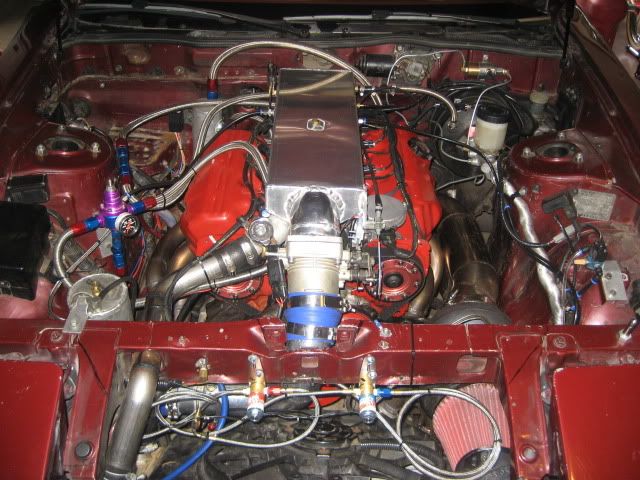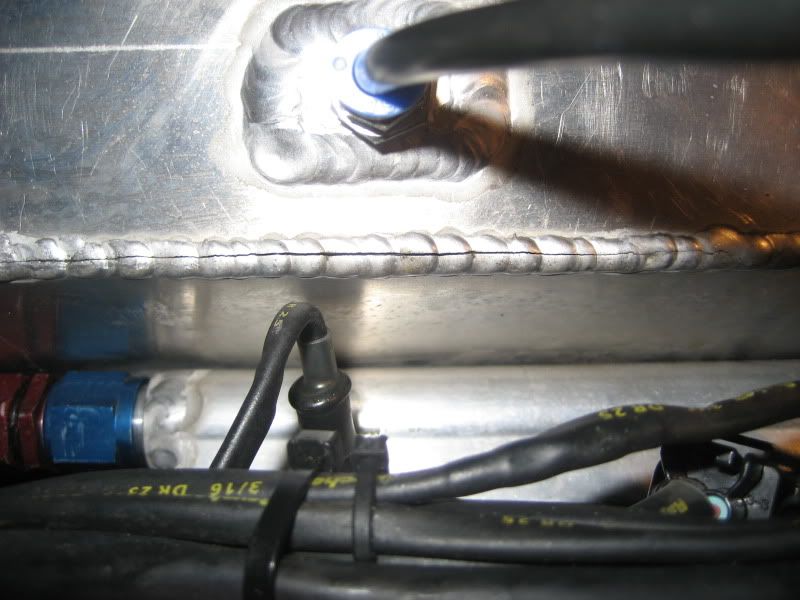
The engine pod on my Bennington pontoon boat did this. It was a four foot long weld. It started as a 1 inch crack, and worked it's way across the transom in a day. No undo stresses, the unit is 4 feet wide and 80 inches long, welded all the way around so it wasn't a significant portion of anything special. EXCEPT; we were pulling a skier [we have 100's of hours of this before] I think once we got that little crack that the pulling/tear force is what caused ours, similar to having something improperly torqued. It may be a product of a torque sequence more than the pressure put upon it by the intake air.
As an aside; Local welders were stumped. Bennington put it on a trailer and took it from AZ to Indiana, put on a whole new pod, then shipped it back to me. The boat was 8 years old, and they were still good for the warranty.
Just sayin' you might have a little lateral twist thing going on. I think the lateral would search out a weld to screw with since it is a straight line that is 'regrained' from the rest of the material.
I am out trying to 'find myself'. If I should wander back while I am gone, please tell me to sit quietly and wait for myself to return.
LOTS of scuba and vintage scuba equipment [I'm Always willing to trade or buy the stuff you think is too old to use]
Smithy XLT Mill/lathe [It was easier to learn than I thought, I'm no pro, but I can make a bearing hanger]
Everlast PP256







 Reply With Quote
Reply With Quote











